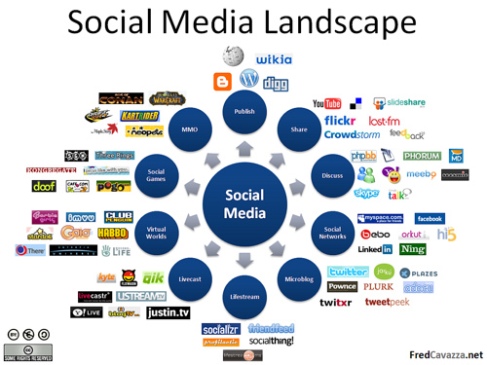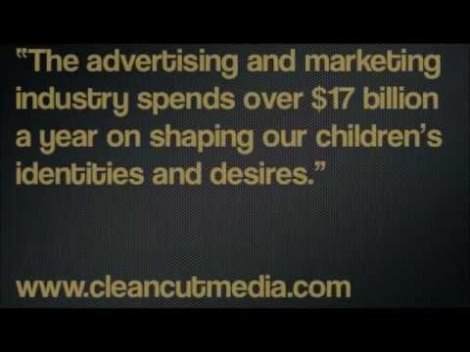Gp essay topics
Religion:
What is man without religion? JJC 2010
‘The world would be a better place if religion did not exist.’ What is
your view? NYJC
To what extent is religious extremism the greatest threat to the world today? NJC 2009
Science and religion will always conflict. Discuss. N2002
Discuss the importance of religion in society today. N2004
Can a belief in the supernatural be sustained in our modern world? N2007
“The more science advances, the more religion will decline”. To what extent do you agree? N2008
How far should religion influence political decisions? N2009
Sports:
‘Sport provides the true heroes of our age.’ Do you agree?
Is sport too closely linked to politics? NYJC 2009
“Sports stars are paid too much money for their talent.” Do you agree? RI 2009
Mixing business and sport is lethal. To what extent do you agree? VJC 2009
To what extent should the government be responsible for promoting sports among its people?
Far too much attention is given to the glamour of sport, rather than real achievement. Do you agree?
”Hosting major sporting events creates more problems than benefits’. Do you agree? N2005
Does sport merit the vast sums of money that are spent on it? N2010
Media:
Assess the impact of the mass media on the culture of your society. JJC2010
To what extent is the media playing a destructive role in society today? MJC 2010
How important is the role of advertising in today’s economy? JJC 2010
Do you agree with the criticism that most people have been so brainwashed by
advertising that they are unable to appreciate true beauty. HCI 2010
‘The media works best when it gives the masses exactly what they want.’ Discuss. RI 2010
“The mass media is nothing but a profit-making machine.” Evaluate this claim. CJC 2010
Is it true that the social media has created more problems than benefits? SAJC 2010
‘Advertisements hinder us from making good decisions.’ Discuss. SAJC 2010
‘Far too much attention is given to celebrities today.’ Do you agree? DHS 2009
Is censorship self-defeating?
How important are films today? SAJC 2009
To what extent does the media influence how we perceive world events?
To what extent do the new media promote democratic ideals? ACJC 2009
Can the media be relied upon to convey the truth? N2003
Advertising encourages a desire for products which people do not actually need. Discuss. N2004
How far do magazines or television programmes aimed at young people inSingaporehave a positive effect? N2005
To what extent do the newspapers and magazines that you real deal with what is trivial, rather than with what is important? N2006
Advertisements are often entertaining, but they rarely affect consumer choice.’ Is this your experience? N2007
Assess the impact of foreign films or foreign TV programmes on the culture of your society. N2009
In the digital age do the newspapers still have a role in the society? N2011










